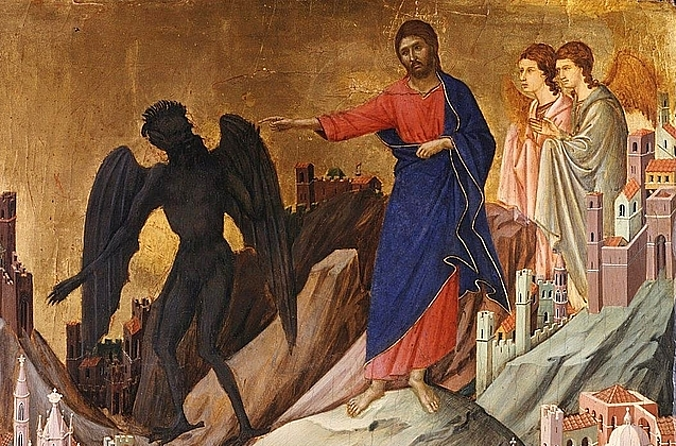
Unlike Matthew and Luke, who draw parallels to Moses, Elijah, and Israel, Mark’s focus diverges. The parallel he paints is clear and evocative—a remembrance of the mythical figure of Adam, the idyllic paradise, and the serpent’s infamous temptation. Notably, ‘Eden,’ etymologically meaning desert, was, in biblical imagination, an oasis in the desert. The serpent, in Jesus’ time, often symbolized Satan. Mark, however, presents Christ as the polar opposite of Adam—resisting temptation, triumphing over the wild beasts, and inaugurating the definitive entry into the Kingdom.
In the aftermath of this mystical desert journey, Mark places on Jesus’ lips the proclamation: “the Kingdom is at hand!” This declaration signifies not just a future event but a present reality—already among the people, inaugurated by Christ’s obedience and victory over temptations. The symbolism is profound; every deviation from divine will directs life towards nothingness and death. Conversely, aligning one’s will and action with God’s love restores coherence, propelling humanity towards the ultimate creation and paradise.
The pivotal choice between Adam and Christ encapsulates every human being’s call to grace. Adam epitomizes the old man, purely human, while Christ embodies the new man, united with God and vivified by His spirit. The Christian journey becomes a dynamic interplay—imitating Christ, imprinted through adoptive filiation in baptism, while contending with the resistance of the old Adam, the burden of innate and biological nature resisting transformation.
Central to this journey is the call to conversion—a transformation from viewing life solely through the lens of Adam to embracing the way of Jesus and the Gospel. “Be converted!” urges Christ, inviting believers to transcend human perspectives and believe in the Gospel. The struggle is acknowledged; the world, shaped by Adam, becomes a formidable adversary, testing faith and love.
Mark’s Gospel, likely written for Christians in Rome transitioning from paganism, emphasizes the universal condition embodied in Adam rather than the historical narratives of Moses, Elijah, or Israel. Mark encourages these believers to persevere through struggle, finding solace in tribulations and temptations, and promises them a foretaste of victory and paradise. This profound joy, rooted in faith and hope, sustains Christians even amidst tribulation and pain, echoing the fraternity between Christ, who experienced temptation, suffering, and faith, and humanity.
The concept of temptation in biblical language implies testing or trial, a dual facet encompassing both positive trials leading to faithfulness and negative seductions inducing a fall. Temptation, a natural condition, is not to be feared; even Christ experienced it in His humanity. The acknowledgement of temptation’s existence, however, does not equate to accepting failure or rejecting the cross. Jesus, anguished and tested, exemplifies the struggle while ultimately surrendering to God’s will.
Lent, a period of preparation for Easter and the birth of the new man, becomes an opportune time for self-reflection. It calls believers to confront remnants of the old man, review ‘Adamic’ perspectives, reassess concessions to the world, and address weaknesses and rebelliousness. Lent is both an examination of conscience and a desire for conversion—a transformative process stripping away painful selfishness, mastering internal struggles, and fostering celestial fraternity with God.
Mark’s Lenten narrative transcends a mere account of Jesus’ struggle with temptation. It unfolds as a profound journey—a desert encounter with God reminiscent of Eden, an anticipation of paradise, a shedding of selfishness, a mastery over internal struggles, a reunion of loves, a shortening of distances, and a celestial fraternity with God. Lent becomes a service of the angels, a proximity to the Kingdom, a joyous conversion, a renewed listening to the good news, and a prelude to the Easter paradise—a tapestry rich in symbolism, weaving together the temporal and the eternal.

